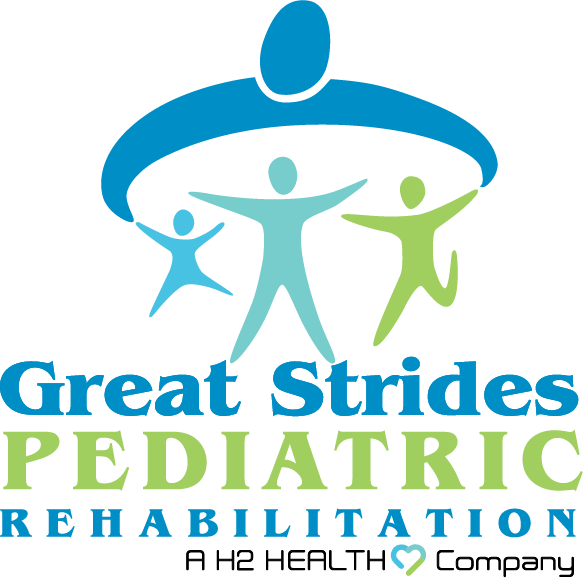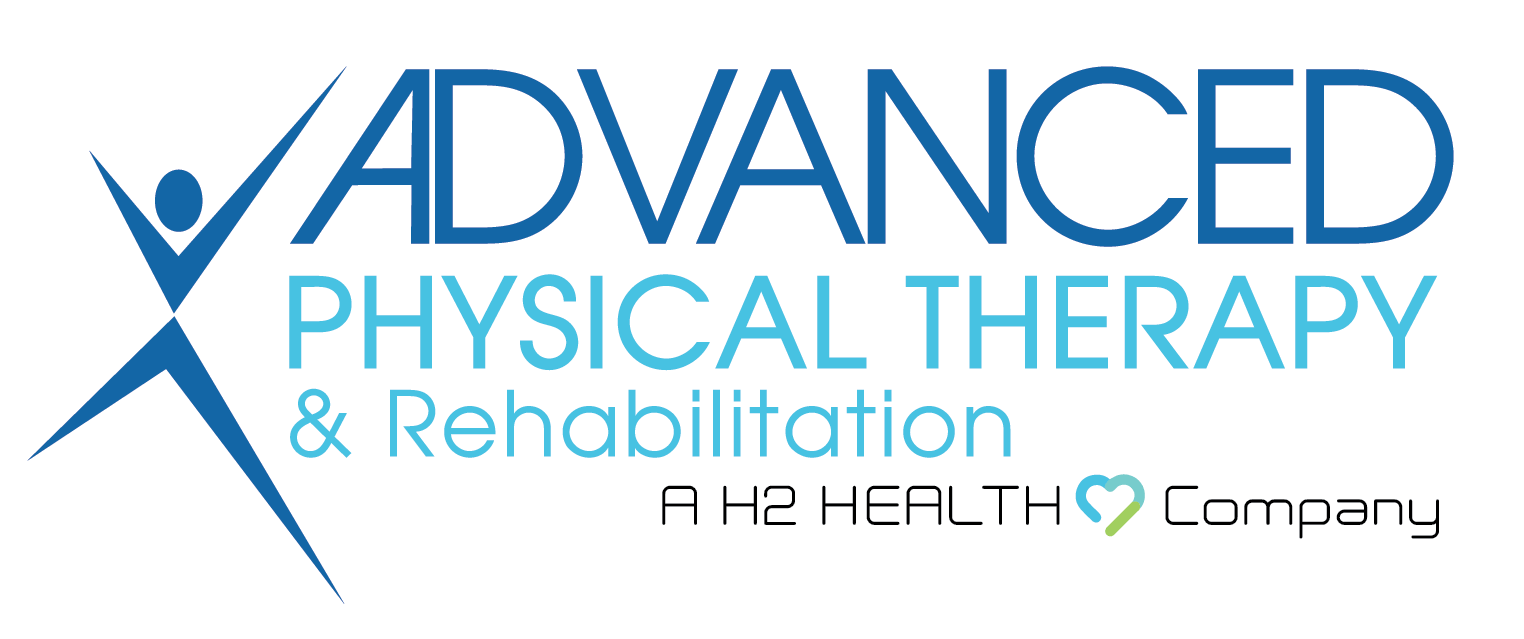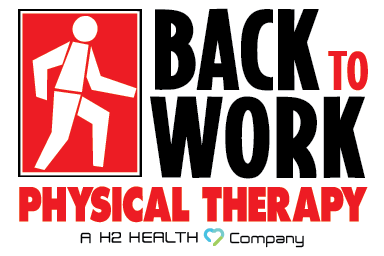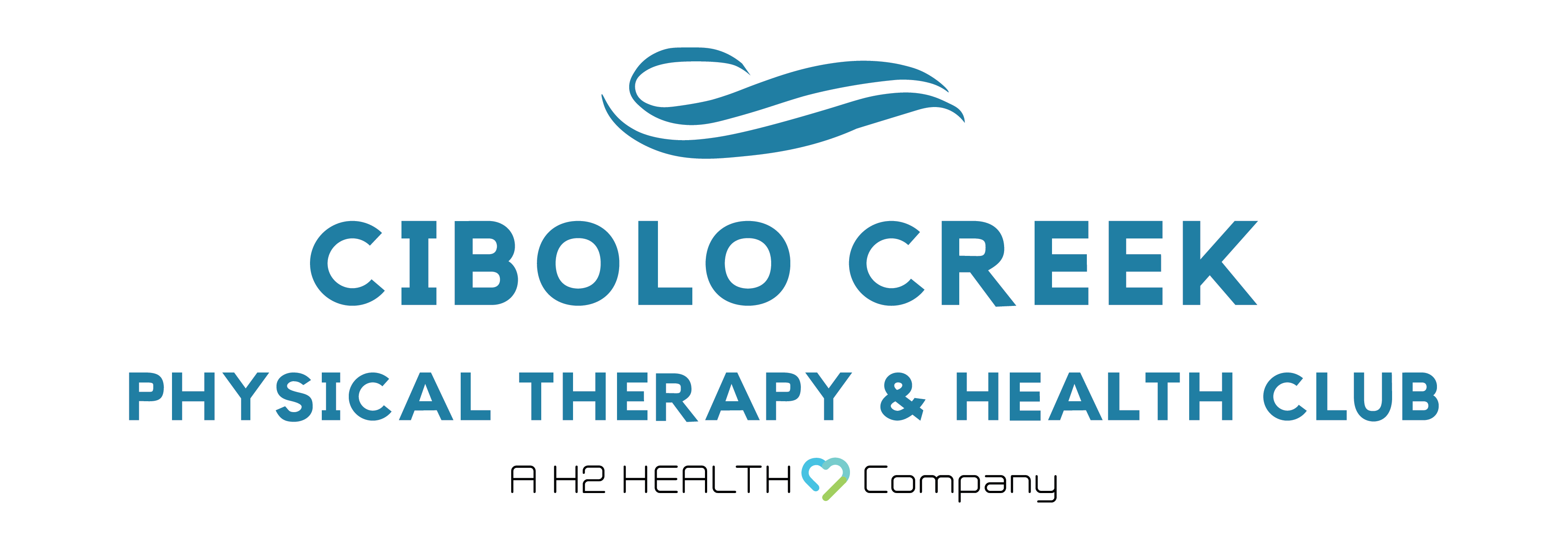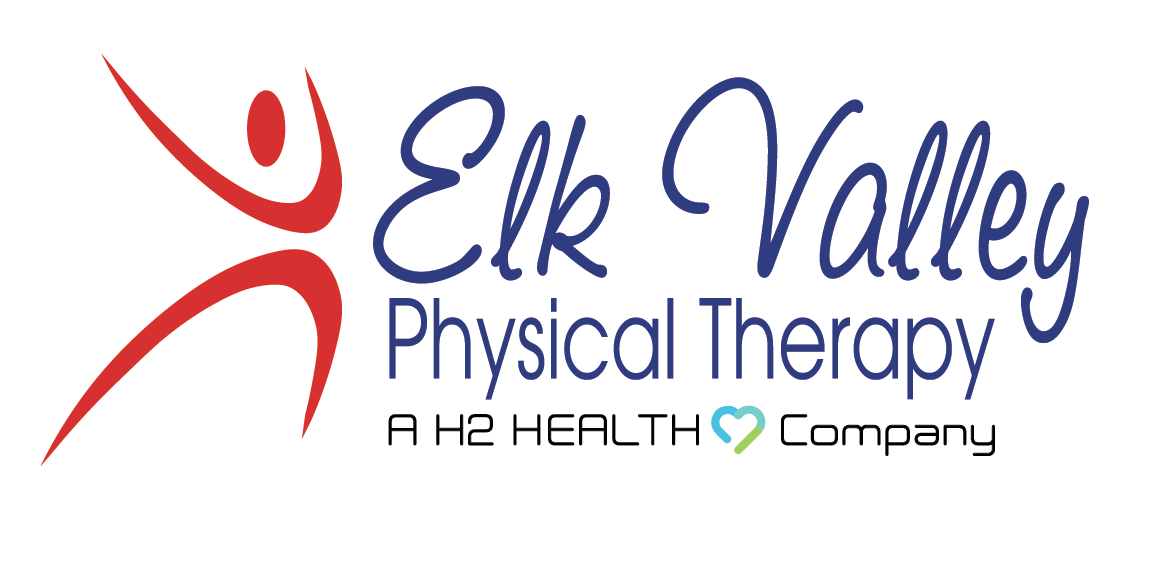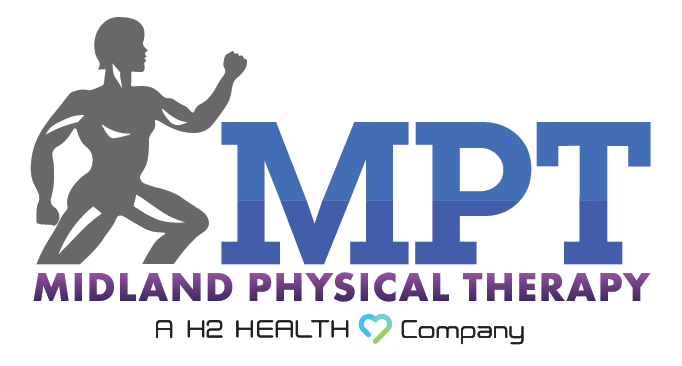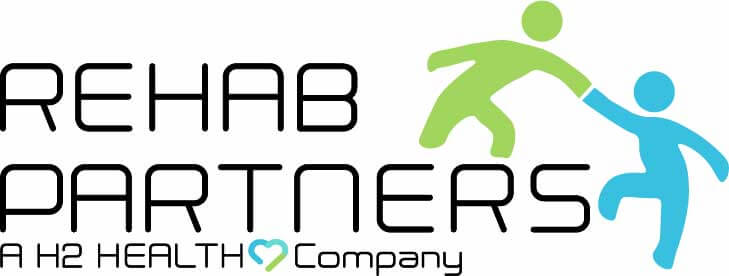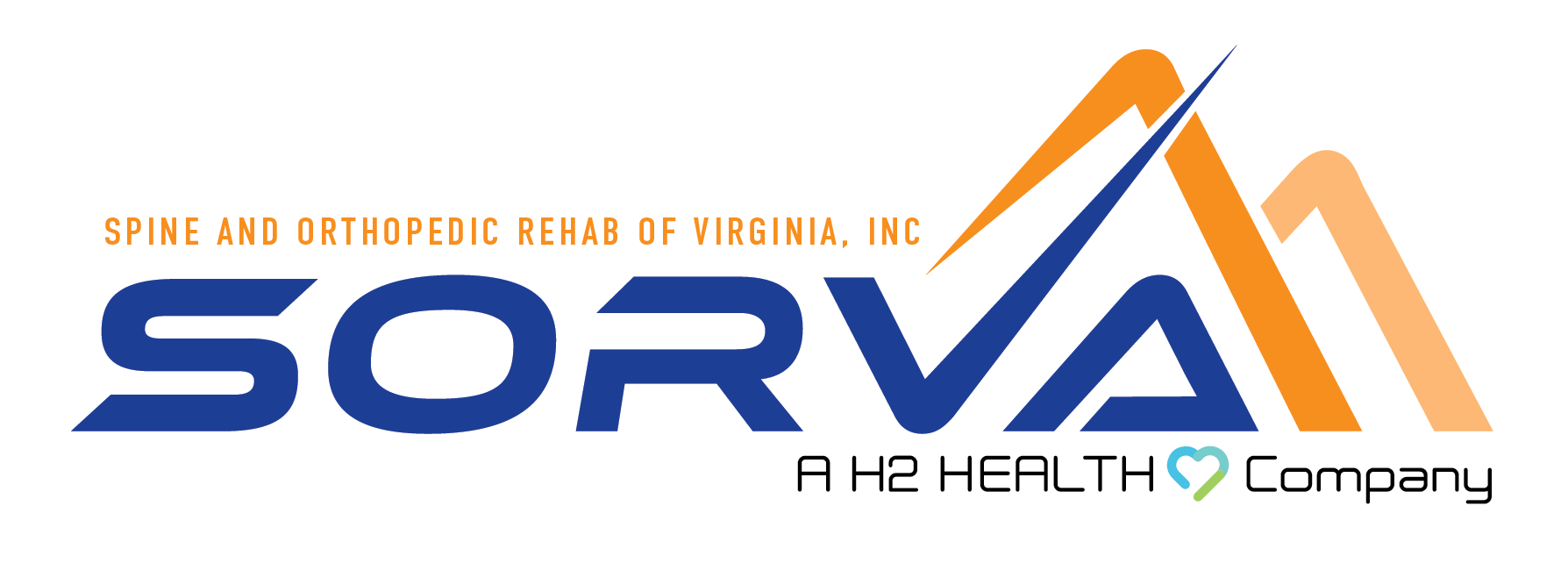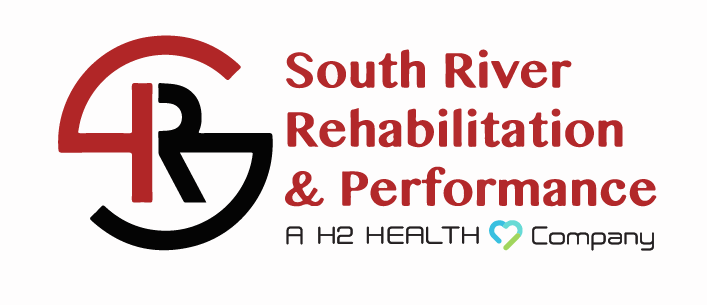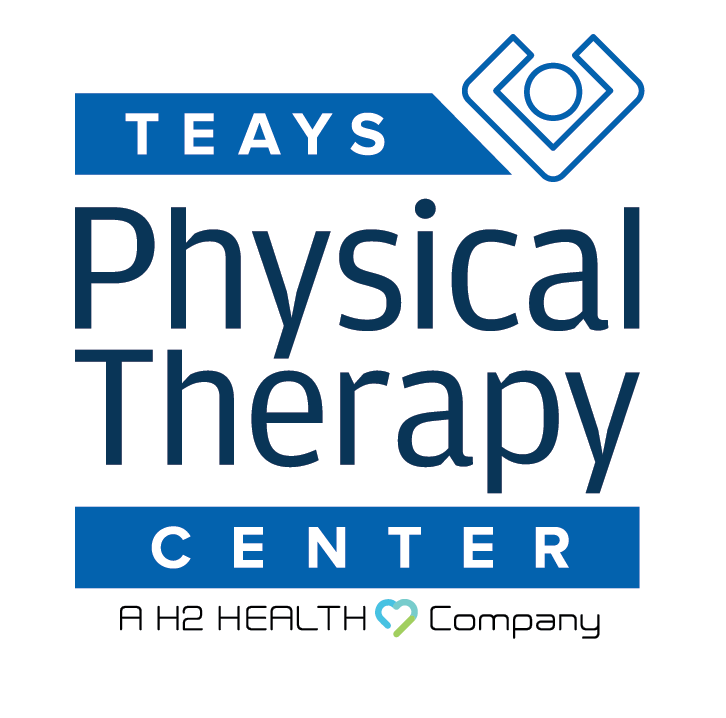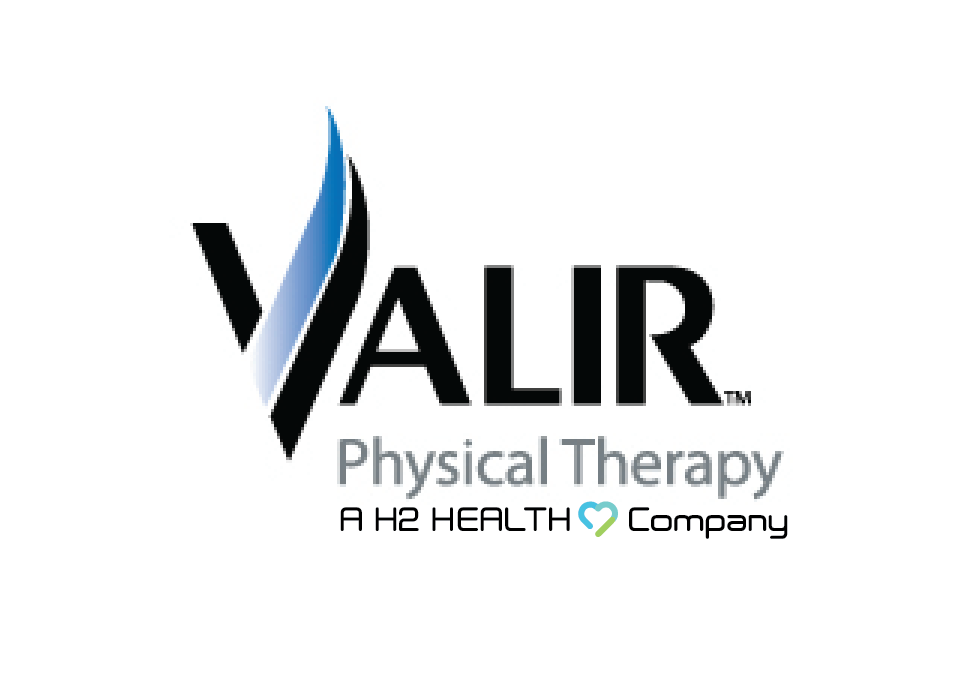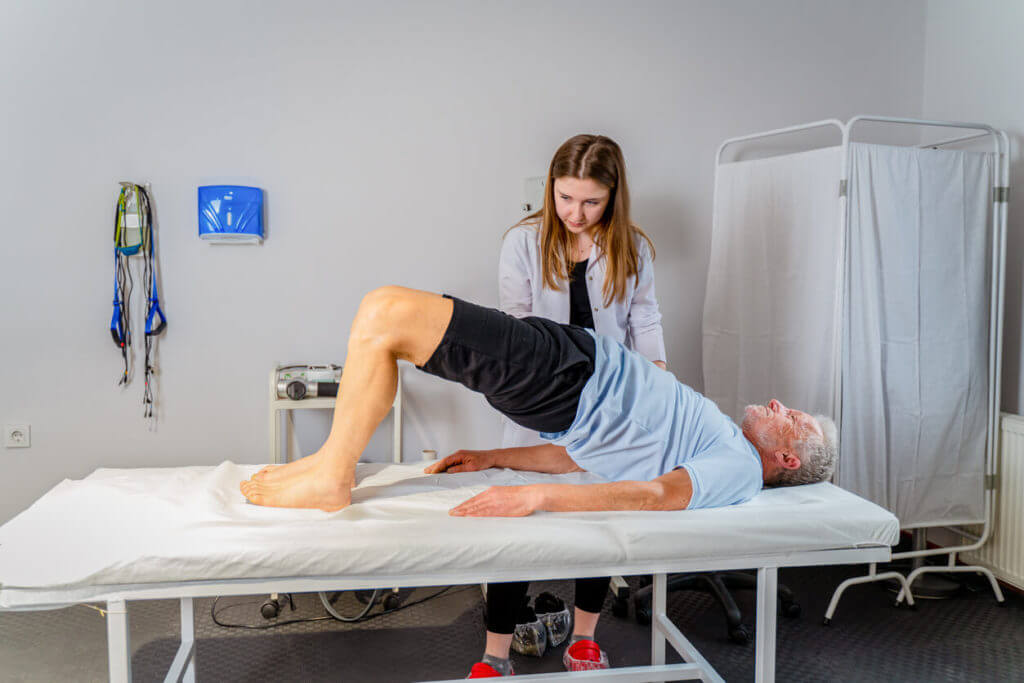
Hip replacement surgery is a very effective orthopedic treatment for people with traumatic injuries, arthritis or other degenerative hip conditions. It involves replacing damaged or diseased parts of the hip with artificial components. While the surgery can improve quality of life, it is only part of recovery. In this blog, you will learn what exercises can help you gain the strength, mobility and independence you desire in life with your new hip, and how physical therapy after hip replacement helps.
Physical Therapy After Hip Replacement Surgery
After undergoing a hip replacement, or hip arthroplasty, patients are typically advised to engage in physical therapy exercises to:
- Promote healing
- Manage post-operative pain and discomfort
- Restore strength and mobility
- Achieve independence in daily activities
Amazingly, physical therapy begins very quickly after surgery–in fact, as soon as the day after surgery. You will learn ways to move, walk and perform everyday tasks without harming the new joint.
For instance, your physical therapist will teach you how to get in and out of your vehicle, toilet, go up and down stairs and more. Then, the therapist will help you increase your range of motion and strengthen the muscles surrounding the hip joint.
Much of this will be done on an outpatient basis after discharge from your surgical facility. Your physical therapist will perform a functional capacity evaluation, or FCE, when you come to your first appointment to determine your rehabilitative needs. Then, you will be given a program of targeted exercises to help you use your operated hip safely and effectively.
Exercises After Hip Replacement Surgery
Your immediate and long-term hip exercises will help you function well with your renewed joint. You will begin to feel less pain and restriction when you walk and perform other movements, such as sitting down, standing up and more.
Additionally, your exercise program will improve:
- Range of motion and muscular strength
- Cardiovascular and muscular endurance
- Coordination and balance
- Circulation in the lower extremities
Here are examples of routine post-op exercises for hip replacement patients. Some are just “starter” exercises. Others will be included in your rehabilitation program as your recovery proceeds. Always consult with your surgeon and physical therapist before trying any exercises on your own.
Ankle Pumps and Rotations
Ankle pumps and rotations involve moving your ankle in different directions to improve circulation and prevent blood clots in your legs after surgery. You can do these exercises while in bed or sitting in a chair.
To perform ankle pumps, point your toes towards your head and then away from it. Repeat these 10 to 15 times. For ankle rotations, move your foot in a circular motion, first clockwise and then counterclockwise. Again, aim for 10 to 15 repetitions.
Knee Flexion While Lying on Your Back
Lie on your bed to do this exercise. Begin with your legs straight on the bed. Then, slightly bend the knee on the same side as the affected hip. Keeping your foot on the bed the entire time, slide your foot towards your buttocks and bend your knee as far as you can without pain.
Hold for five seconds, and then slowly slide your foot back to the resting position so that your leg is straight again. Repeat this exercise on the same leg for two minutes or until your thigh muscles are tired.
Buttocks Contractions
Weak buttock muscles can cause back pain and other issues. To strengthen these muscles early in your recovery, lie flat in your bed with your legs out straight. Squeeze your buttocks together and hold for five to 10 seconds before releasing. Aim for 10-15 repetitions.
Hip Abduction
This exercise strengthens the muscles in your hip which may have weakened due to prolonged sitting or lying down. This variation of this exercise is more common later in recovery.
Begin by lying on your side with your legs stacked on top of each other. Slowly lift your top leg towards the ceiling, keeping it straight and in line with your body. Hold for 5 seconds, and then lower back down. Do 10 to 15 repetitions on each side.
Hip Adduction
This exercise focuses on the inner thigh muscles and also may be done while lying on your side. This variation of this exercise is more common later in recovery.
Begin with both legs stacked on top of each other. Bend the lower leg at the knee. Lift your top leg towards the ceiling, keeping it straight and in line with your body. Hold for five seconds, and then lower back down. Do 10 to 15 repetitions on each side.
Knee Raises
Knee raises strengthen your core and improve balance. Stand behind a chair or hold onto a stable surface for support. Lift one knee up towards your chest, and then slowly lower it back down. Alternate between legs and do 10 to15 repetitions on each side.
Walking
Walking improves leg strength, muscular endurance, balance and coordination. You likely will use a walker as you first walk after your surgery. Your physical therapist will show you the proper way to advance both your walker and your recovering hip/leg.
As you progress, you may be able to walk without a cane or walker. Start with short distances, and gradually increase the length of your walks.
Stationary Bike
Using a stationary bike is another great way to improve leg strength and cardiovascular fitness after hip replacement surgery. Begin by adjusting the seat height so that your feet can comfortably reach the pedals with a slight bend in your knees. Start for five to 10 minutes at a low resistance level and increase as tolerated.
Exercise For After Hip Replacement Surgery at the H2 Health Family
Recovery from hip arthroplasty takes time and a degree of patience and persistence. Your physical therapy team at the H2 Health Family will guide you through the early, middle and later recovery period so you attain the strength you need for fully independent movement.
At the H2 Health Family, our PT programs are fully individualized. So, expect to learn innovative ways to improve your joint health.
To learn more about the services we offer, call (800) 699-9395 for a consultation at a location near you. You also may use our online appointment request form here. We are eager to be of service to you in your recovery from hip replacement surgery.

